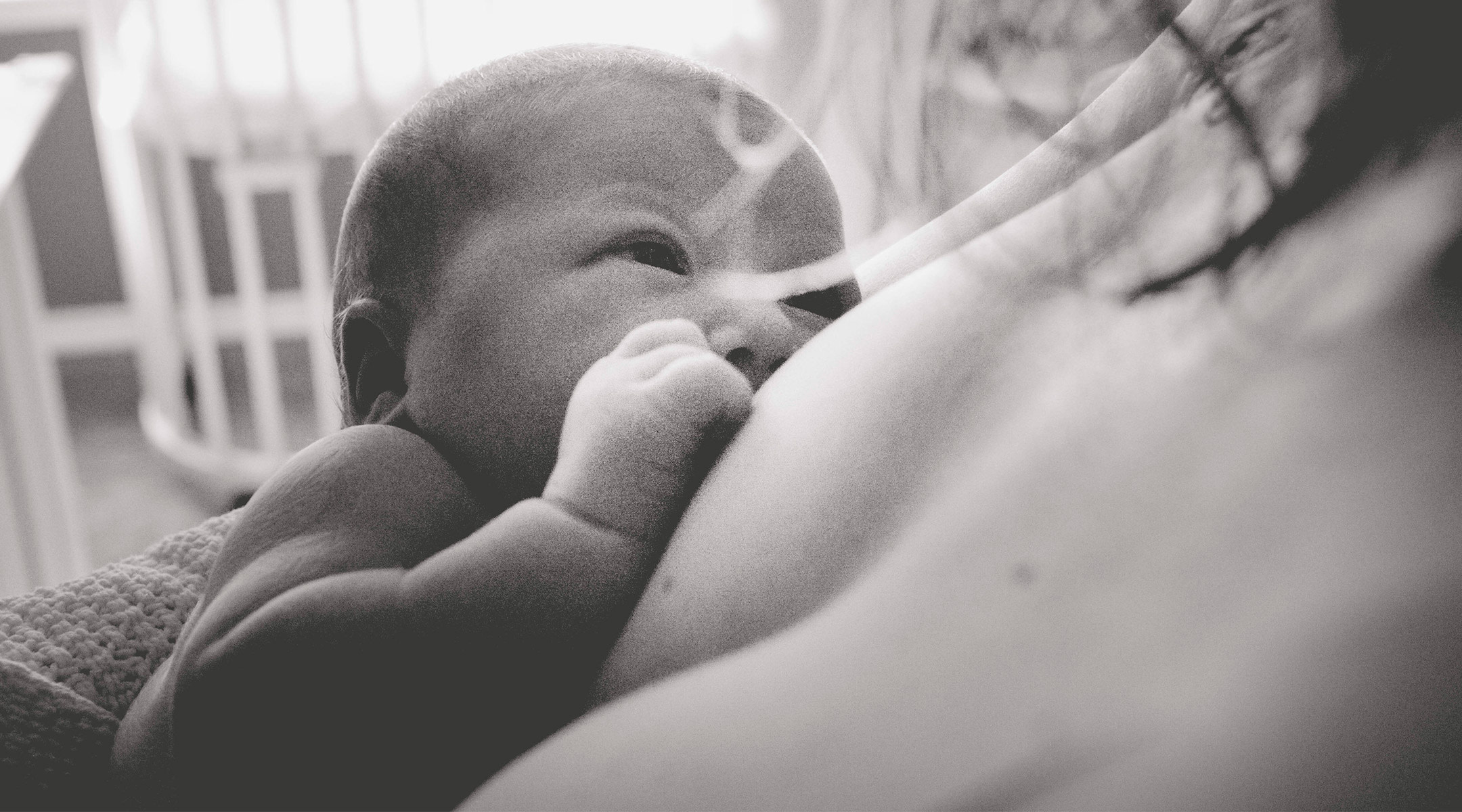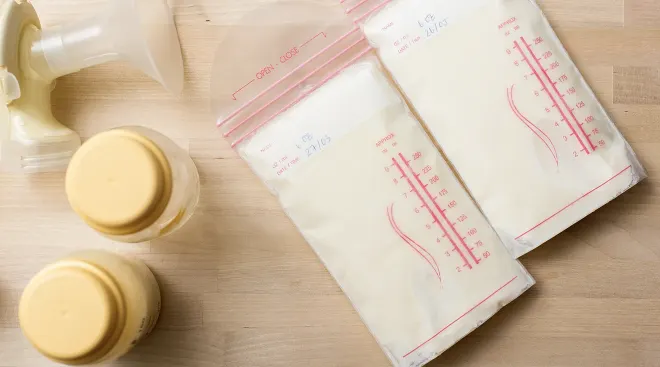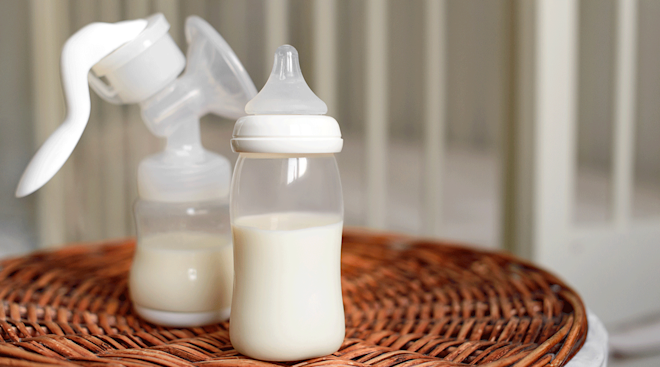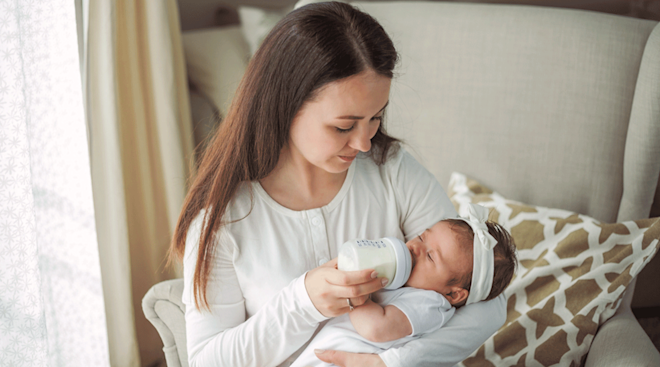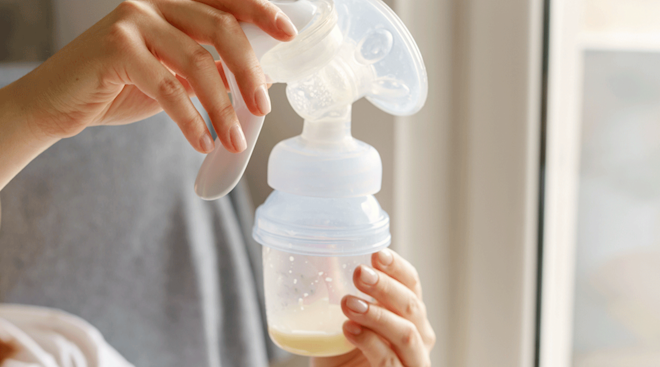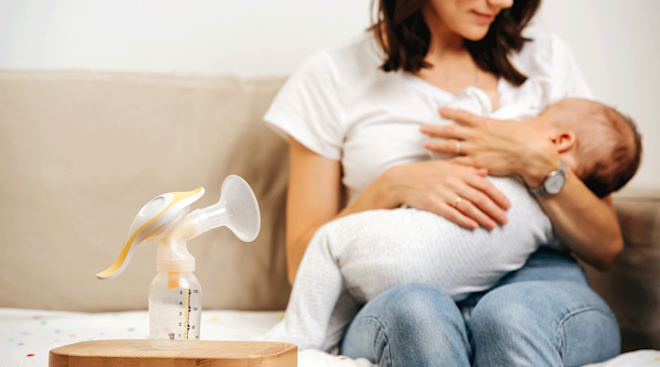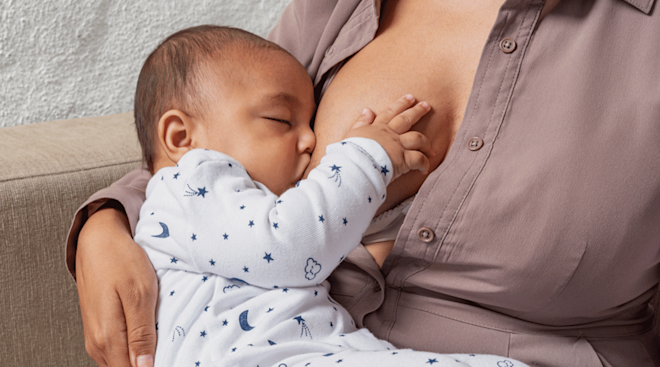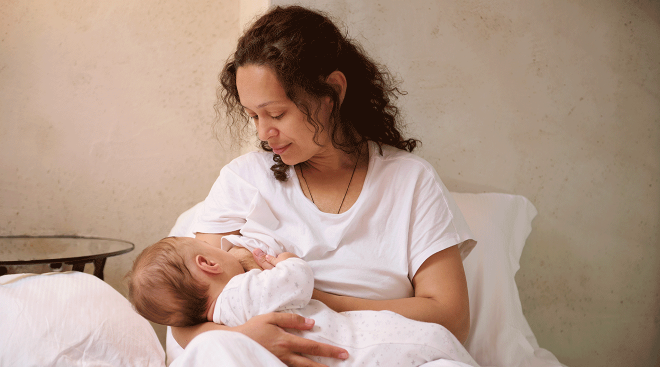Breastfeeding Support Could Be the Answer to Avoiding Postpartum Depression
Ten to 20 percent of new moms experience symptoms of postpartum depression, like feelings of sadness, hopelessness, irritability, insomnia and an inability to take care of themselves and/or baby. Some women only experience these symptoms for a few weeks, others for several months. But the good news is it’s becoming more and more treatable. In fact, a group of researchers in the UK think they’ve found a way to help new moms avoid getting PPD in the first place.
According to a just-published survey of more than 1,000 parents from the UK, 80 percent of participants reported that unsuccessful or painful breastfeeding was a key contributor to their PPD symptoms. Dr. Kathryn Hollins, a consultant psychiatrist and psychotherapist for both parents and children who works for the group said, “New mums need to be gently encouraged to explore all reasons as to why breastfeeding might not be working for them—and that an excessive amount of pressure, although well-intentioned, from health professionals and peers may do more harm than good.”
There are a variety of reasons why some women struggle to breastfeed, poor milk production and painful latch being two of them. Also, it’s just not for everyone. But for those women who are willing and physically able to breastfeed, researchers say finding practical and emotional support for breastfeeding could help reduce the chances of ever experiencing PPD symptoms.
According to the Centers for Disease Control and Prevention (CDC), over 81 percent of moms begin breastfeeding at birth. But many stop earlier than recommended—just over half of infants were still breastfeeding at 6 months. And only 30.7 percent breastfeed at 12 months. As the CDC says on its website, “Many mothers begin breastfeeding but need community support to help them overcome challenges they may face in the hospital, when they go home, or after they return to work. This support might include breastfeeding education programs, improved maternity care practices in hospitals, peer and professional support for moms; and adequate space and equipment to breastfeed or express breast milk in workplaces and childcare centers.”
If you need help breastfeeding, talk to your physician and look for support groups in your area. And don’t forget check out our solutions to the top 10 most common problems here. You’ve got this!
Please note: The Bump and the materials and information it contains are not intended to, and do not constitute, medical or other health advice or diagnosis and should not be used as such. You should always consult with a qualified physician or health professional about your specific circumstances.
Navigate forward to interact with the calendar and select a date. Press the question mark key to get the keyboard shortcuts for changing dates.
































